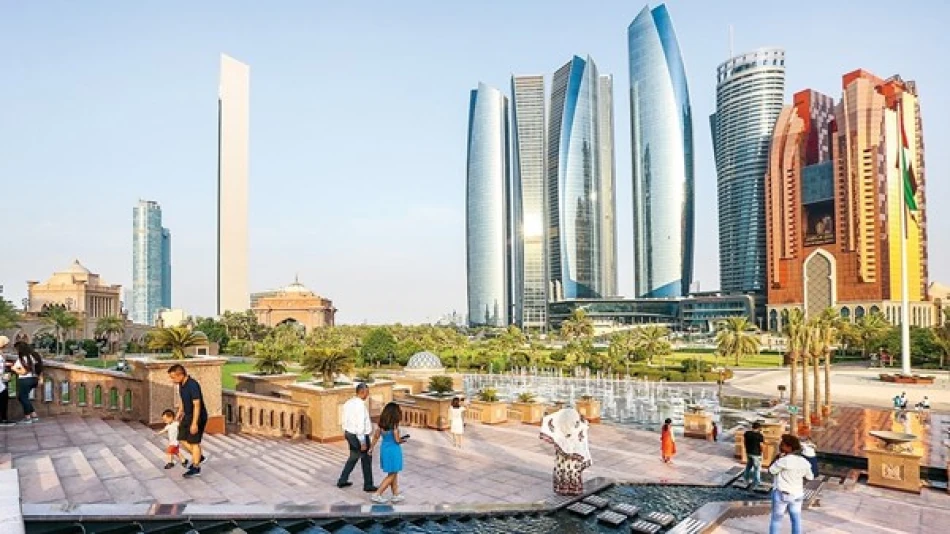
Expect Downpours and Heavy Showers Tomorrow: Weather Forecast Promises Chance of Rainfall
UAE Braces for Scorching 49°C Heat as Summer Weather Pattern Intensifies
The United Arab Emirates is set to experience another day of extreme heat with temperatures reaching up to 49°C in inland areas, as the National Meteorological Center forecasts partly cloudy skies with potential rainfall in eastern and southern regions. The weather pattern reflects the country's deepening summer season, with coastal humidity and possible fog formation adding to challenging conditions across the seven emirates.
Temperature Extremes Across the Emirates
Al Ain and Liwa are expected to bear the brunt of the heat wave, with maximum temperatures hitting 49°C, while coastal areas like Fujairah will see more moderate highs of 36°C. The stark temperature variation between inland desert regions and coastal zones highlights the UAE's diverse microclimate patterns.
Dubai and Sharjah residents should prepare for temperatures reaching 47°C and 46°C respectively, with Abu Dhabi experiencing a maximum of 45°C. The capital's relatively lower temperature compared to other major cities reflects its coastal positioning and urban heat island management.
Humidity Creates Additional Discomfort
Coastal and western inland areas will experience significant humidity overnight and into Sunday morning, with levels reaching up to 90% in Liwa and Delma Island. This combination of high temperatures and humidity will create particularly uncomfortable conditions, with apparent temperatures feeling significantly higher than actual readings.
Weather Dynamics and Regional Patterns
The forecast indicates a typical summer weather pattern for the Arabian Peninsula, where high-pressure systems create clear, hot conditions while allowing for localized convective activity. The potential for cumulus cloud formation in eastern and southern regions suggests the influence of the nearby Hajar Mountains, which can trigger afternoon thunderstorms through orographic lifting.
Wind patterns will shift from southeasterly to northeasterly directions, ranging from 10-25 km/h with gusts up to 40 km/h during daytime hours. These winds may stir up dust, reducing visibility and air quality in affected areas.
Maritime Conditions Remain Favorable
Both the Arabian Gulf and Sea of Oman will experience light wave conditions, providing relief for maritime activities and coastal recreation. Tidal patterns show the first high tide in the Arabian Gulf at 18:59, while the Sea of Oman will see its first high tide at 14:00.
Climate Context and Adaptation Strategies
These extreme temperatures align with the UAE's ongoing summer season, which typically peaks between July and August. The country's infrastructure and urban planning have evolved to handle such conditions, with extensive air conditioning systems, covered walkways, and climate-controlled public spaces becoming standard features.
The weather pattern also underscores the UAE's vulnerability to climate change, as the region experiences some of the world's most rapid warming trends. This has prompted significant investment in renewable energy projects and climate adaptation measures across the emirates.
Residents and visitors should take necessary precautions during peak daytime hours, staying hydrated and limiting outdoor exposure between 10 AM and 4 PM when temperatures and UV levels reach their highest points.
 Layla Al Mansoori
Layla Al Mansoori







